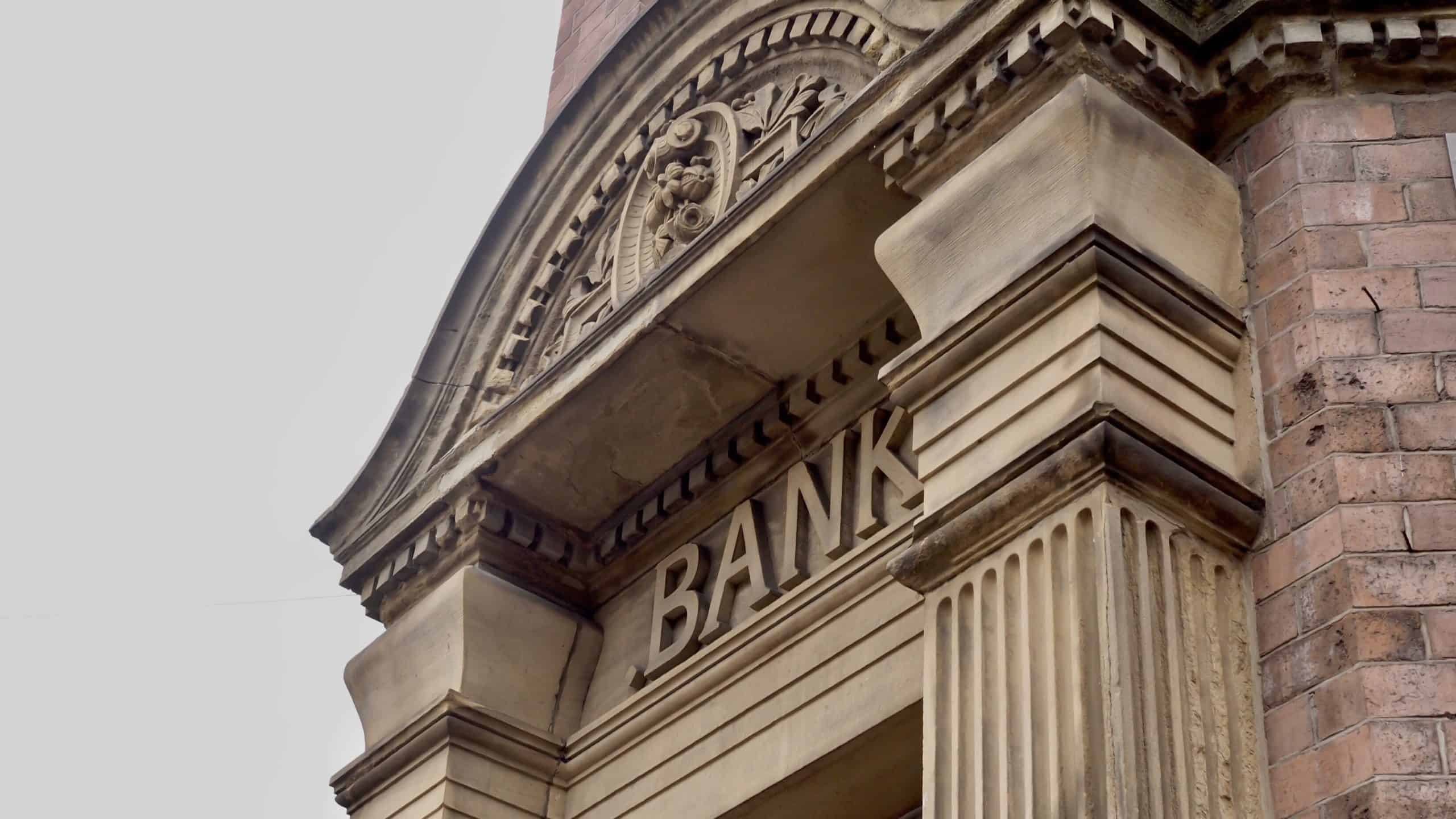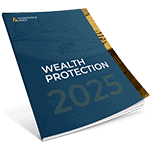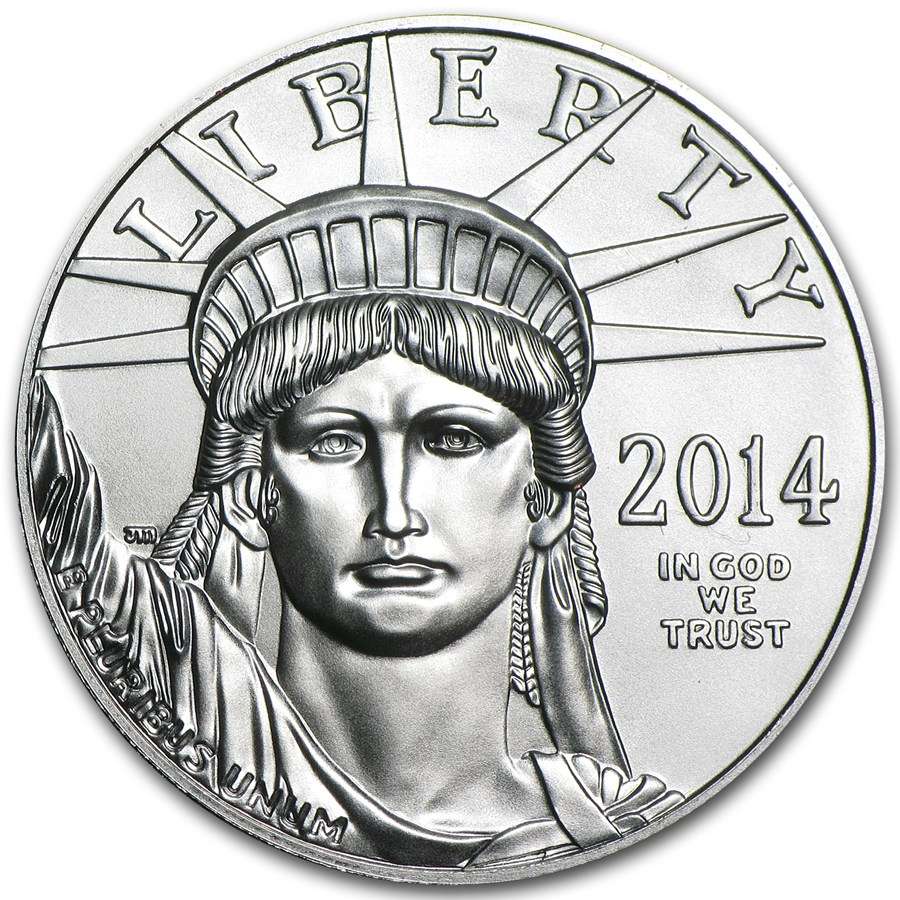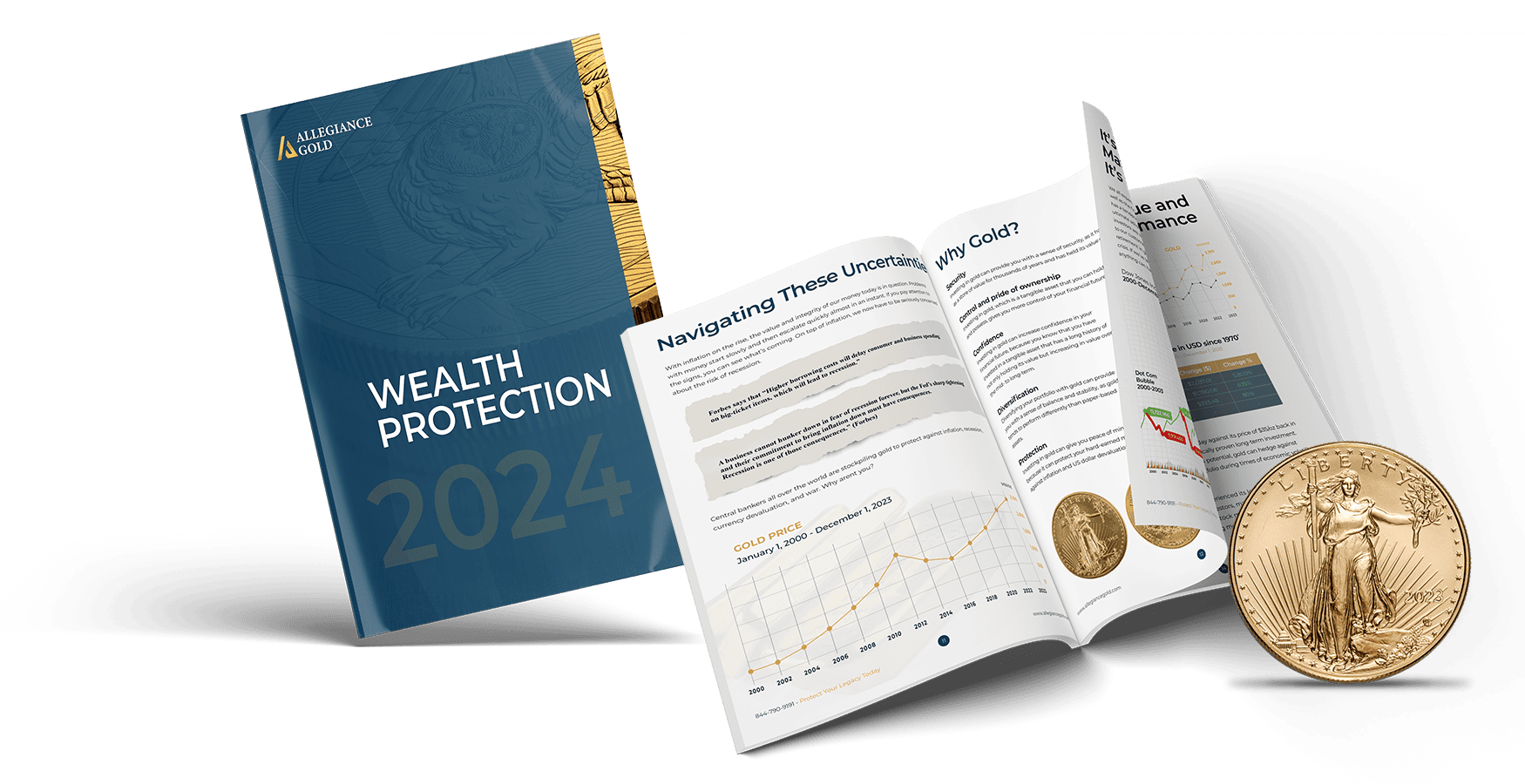Imagine if in addition to all the uncertainty surrounding rising Covid-19 cases, you woke up one morning to find that the entire financial sector collapsed. How would that affect your savings and wealth?
We live in a world where we rely on financial certainty yet nothing in it is certain at all. After months of living with the coronavirus pandemic, Americans have experienced the gravity of an unforeseen event and the toll it can take on the economy: record unemployment, failing small businesses, and broken supply chains, where the national debt is consistently skyrocketing and the dollar is losing its value.
All of these factors are extremely serious and could sink the US into a deep, prolonged recession. But there’s another major threat to the economy and it lurks on the balance sheets of the big banks and where they’re headed.
Our minds have been trained to view these types of crises as unlikely, however, given the 2008 crash, those who have been affected by it take these threats very seriously. The last bail-out by the Fed’s resulted in substantial calamity with few lessons learned. Even the new laws implemented since then provided little relief only to increase the risk of exposing our economy to a bigger collapse.
The financial crisis of 2008 was predominantly about home mortgages. Hundreds of billions of dollars in loans to home buyers were repackaged into securities called collateralized debt obligations, known as CDOs. In theory, CDOs were originally intended to remove risk from banks, which lent money to home buyers. In practice, the same banks that issued home loans also bet heavily on CDOs, often using complex techniques hidden from investors and regulators. Therefore, when the housing market took a hit, these banks were doubly affected. In late 2007, banks started disclosing tens of billions of dollars of subprime-CDO losses. The following year, Lehman Brothers went under, taking the economy with it.
Backed into a corner, the federal government was forced to step in and rescue the “Too Big To Fail” banks and institutions to minimize the panic. Although the intervention initially seemed to work, it ultimately came at the expense of many Americans. As a result of the crash, many lost homes, jobs, and even their wealth. Years of savings have vanished instantaneously.
To eliminate the risk of a greater crisis, In 2010 Congress passed the Dodd-Frank Act. Although the reforms were well-intentioned, they haven’t kept the banks from failing nor from falling back into their old inefficient habits. Under the new rules, banks were supposed to borrow less. The Federal Reserve even began running “stress tests” to keep the banks in line. However, over the course of the crisis, more than 13,000 CDO investments that were rated AAA (the highest possible rating) defaulted.
Unless you work in finance, you probably haven’t heard of CLOs. A CLO walks and talks like a CDO, but in place of loans made to home buyers, these loans are made to businesses—specifically, troubled businesses. These are particular companies that have maxed out their borrowing and can no longer sell bonds directly to investors or qualify for a traditional bank loan.
It is said that the CLO market is bigger than the subprime-mortgage CDO market was in its heyday. The Bank for International Settlements, which helps central banks pursue financial stability, has estimated the overall size of the CLO market in 2018 at $750 billion. More than $130 billion worth of CLOs have been created since then, some even in recent months.
Just as easy mortgages fueled economic growth in the 2000s, cheap corporate debt has done so in the past decade, and many companies have binged on it.
What has been described here can be labeled speculative, but it is rooted in the experience of the previous crash and in what we know about current bank holdings. The purpose of laying out this worst-case scenario isn’t to say that it will necessarily come to pass, but instead to show that it could; and if it would, it will certainly be devastating for all Americans, especially baby boomers and retirees. That alone should inform the way we think about the next year and beyond.
U.S. life insurance companies as a group in 2018 had an estimated one-fifth of their capital tied up in these same instruments. Pension funds, mutual funds, and exchange-traded funds are also heavily invested in leveraged loans and CLOs.
What all this means, quite simply is that your future is in jeopardy and your money is at risk of being lost.
With the current crisis, the decline in value of the US Dollar, the Government inflow of more than $3 Trillion within four months, and the Fed cutting interest rates to Zero are just a few of the many indications of a looming financial storm. However, this time around, due to the Dodd-Frank Act, the Fed will not intervene.
The Dodd-Frank Act made it legal for banks to bail-in themselves during a banking crisis using depositor’s funds for the purposes of maintaining its solvency. An action labeled unethical by many lawmakers, however legal, unfortunately.
In a way, that law enables banks to take reckless risks with your money, potentially achieving near-bankruptcy, crashing the economy similarly to 2008 while retaining the privilege of utilizing your money to save themselves.
As counter-intuitive as it may sound, it is legally permissible, and here is how. The Dodd-Frank Act authorizes banks to legally activate the orderly liquidation authority, as stated in Title II of the act. Meaning when you open a checking or saving account the money you then deposit legally belongs to the bank and not you “the depositor.” So if you don’t own the money then what is it that you own? It is simple. You own an ‘IOU” issued by the bank. In return, the banks will utilize the funds and sell their assets to cover their debt first, all in an effort to save themselves.
Again, this kind of a crisis will surely take its toll on the government and economy, however, Americans will be the ones to ultimately suffer again, much worse than ever before.
The recent surge in gold and silver prices is a clear indication of the economic and financial state we’re in. Economists and Analysts agree that as the Fed is printing more and more funds, further driving the dollar decline and national debt into unimaginable amounts, the trillions of dollars we’re wasting are only the beginning and we’re heading into a truly unprecedented time.
We’re six months into the lockdown with no immediate end in sight. Another stimulus package is on the horizon which will mean the Fed will once again have to print trillions of more dollars to keep the economy afloat. This can’t go on forever. Eventually, we will have to face the reality of the dollar and bank demise and those who properly prepare will be the ones to prevail.
At Allegiance Gold, we want to make sure that your hard-earned money is preserved and financially secured. From investing in gold, investing in precious metals, or simply rolling over your IRA into a gold IRA – we can help set you up for the future. Contact our precious metals investment company today for more information on how you can safeguard your future.



 Custom Precious Metals IRA
Custom Precious Metals IRA Gold IRA
Gold IRA Gold Products
Gold Products Silver Products
Silver Products Platinum
Platinum